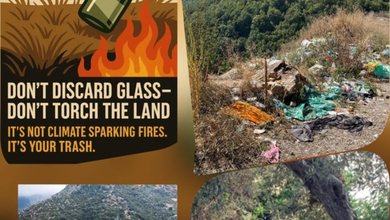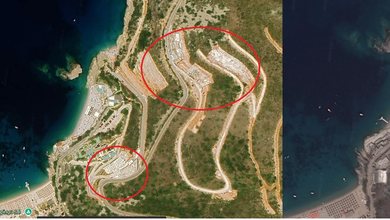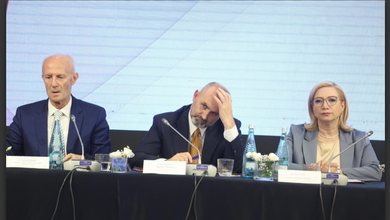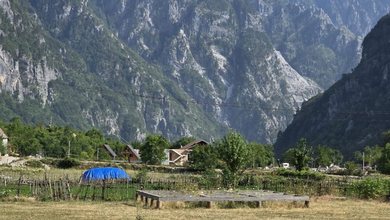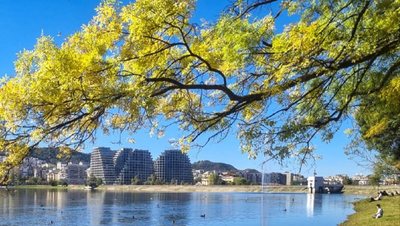
The migrant camps built by the Italian government in Gjadra and Shëngjin have also attracted the attention of the German media.
"Frankfurter Allgemeine Zeitung" sheds light on the challenges and controversies facing the Italian project for the treatment of immigrants in Albania.
The center in Gjadra, part of the agreement between Rome and Tirana, was intended to be a new solution for managing immigration outside the EU's borders.
But, as the article points out, this project is facing legal, operational and political difficulties, potentially turning into a costly failure for Italy and a blow to the EU's immigration strategy. The newspaper notes that, while the investment could reach up to 1 billion euros, the results so far have been disappointing.
A half-empty camp
The deportation camp in Gjadra, in northern Albania, was built to accommodate up to 144 people, but currently only 27 migrants, all men, are there. To manage them, 113 employees have been engaged, including medical staff, legal experts, cultural mediators, as well as Italian police and carabinieri. Meanwhile, the other camp in Shëngjin, designed as an initial reception center with a capacity of 880 people, has been almost empty since it opened in October 2024.
The list of "safe countries" is falling.
Most of the current refugees in Gjadra are from Algeria, Ghana, Senegal, India and Pakistan. The three African countries were on Italy’s list of “safe countries of origin”, while the two Asian countries were not. But a ruling by the Court of Justice of the European Union (CJEU) has overturned this list, arguing that a country can only be considered “safe” if this applies to all its citizens. The court also stressed that the criteria for this classification must be clear and transparent.
This decision has rendered invalid Italy's plan for accelerated deportation to safe countries through camps in Albania - a plan that was approved by Prime Minister Giorgia Meloni in November 2023.
Italian courts: Transfer to Albania is illegal
For months, Italian court rulings have declared that the transfer of migrants by boat to Albania violates European asylum law. As a result, many of them have been returned to Italy. It is precisely these rulings that have led to the emptying of two centers in Albania.
Why is Gjadri still used?
Since April, Gjadri has been used as a deportation center for asylum seekers who have been rejected through the usual procedures in Italy. A recent visit by the Ombudsman for Prisoners in the Lazio region did not identify problems with conditions at the camp, but the report highlighted that existing capacities in Italy are sufficient, making this external facility unnecessary.
A project with high cost and little effect
The cost of building and operating the camps in Albania, projected for a five-year period, is estimated at between 850 million and 1 billion euros. Former Prime Minister Matteo Renzi has called the initiative “the most expensive scandal of recent years.” This financial burden is becoming a political challenge for the Meloni government.
On the other hand, Meloni and her allies continue to criticize the judges as "politicized," but the legal ambiguities of the project were expected even before implementation began.
Second strategy: Agreements with countries of origin
Meanwhile, Meloni is focusing on another pillar of her migration policy: bilateral agreements with countries in North Africa and the Middle East. She recently met with Tunisian President Kais Saied and the leaders of Turkey and Libya, with the aim of strengthening cooperation in the fight against human trafficking. These agreements have contributed to reducing the flow of migrants to Italy in the last two years.
Finally, the Italian government hopes that the new package for a common European asylum system, scheduled for June 2026, will be approved earlier. The reform envisages faster procedures, a common list of "safe countries" and more efficient returns of migrants.
Source: Frankfurter Allgemeine Zeitung/ https://www.faz.net/aktuell/politik/ausland/eu-urteil-stoppt-melonis-albanien-migrationsplaene-110623028.html








